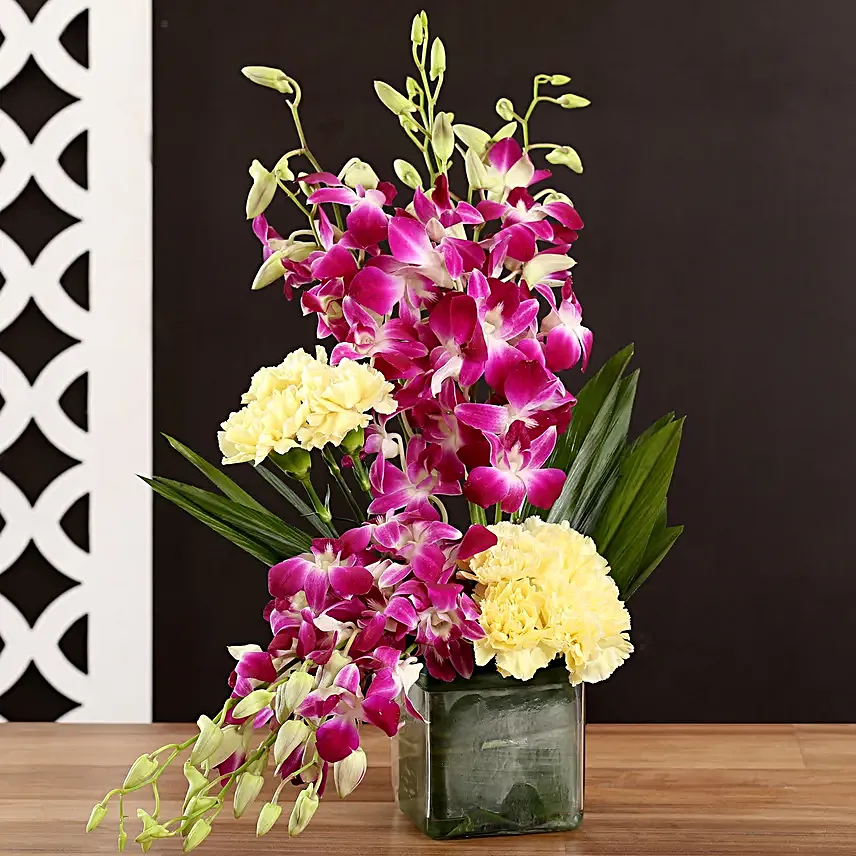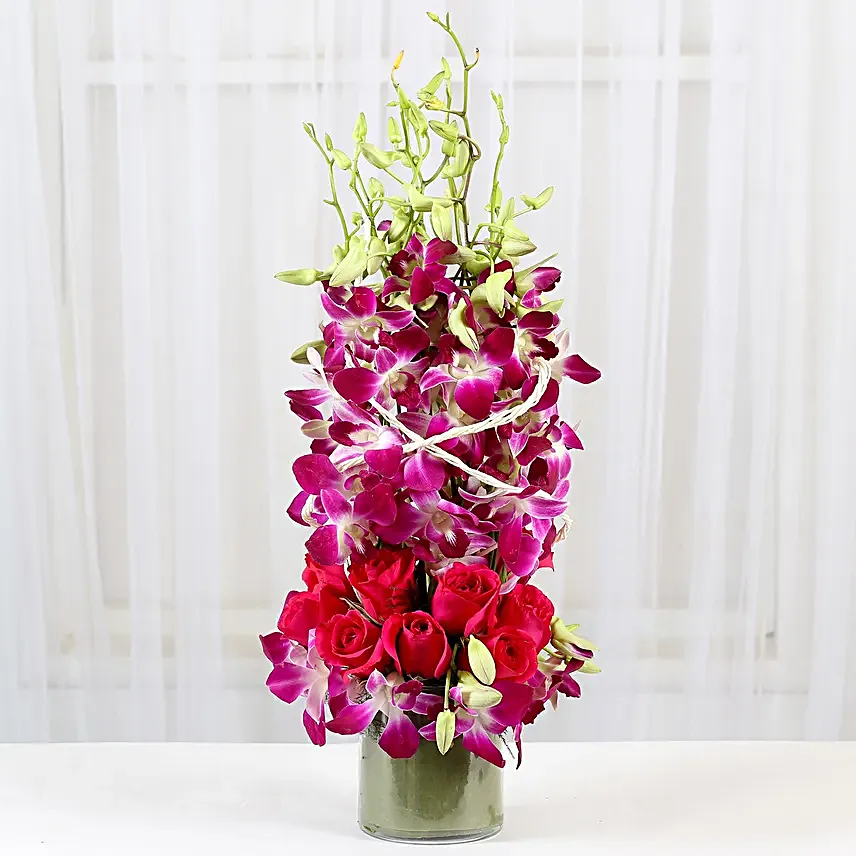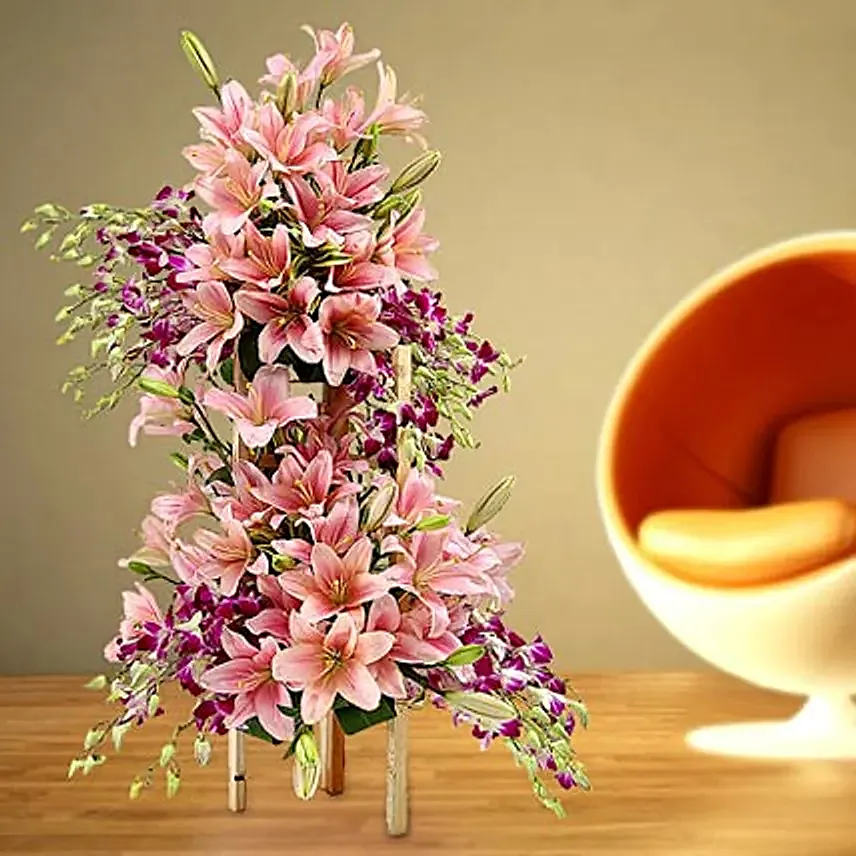What is the History Behind Giving Flowers
- Author: Anushka Published: 05th May, 2023
Flowers have been used as gifts for centuries and their symbolism varies depending on the culture and region. From ancient Egypt to modern-day America, flowers have played an essential role in gift-giving. In this article, we will explore the history and origin of gifting flowers in different countries.

Egypt
The history of gifting flowers dates back to ancient Egypt, where they were used as offerings to the gods. Egyptians believed that the gods enjoyed the fragrant scent and beautiful colours of flowers, and as such, they often included them in their religious ceremonies. Also, since they considered flowers holy, they put flowers in the pharaohs’ tombs as gifts with the belief that they would ward off evil spirits.
India
In India, flowers have been used in religious ceremonies for centuries. They are often offered to the gods and goddesses to show devotion and gratitude. Gifting bouquets is also a popular sight during occasions such as Baisakhi, Holi and Mother’s Day.
United States
In the United States, the practice of gifting flowers became popular in the 18th century. During this time, flowers were often given as a way of expressing feelings that could not be put into words. The language of flowers was also popular during this time and each flower had a specific meaning.
Greece
The practice of gifting flowers continued in ancient Greece, where they were used to represent different gods and goddesses. Ancient Greeks would use flowers as a prop for storytelling. Though flowers were highly respected as symbols of divine beings, even the most prominent philosophers acknowledged that the blooming and wilting of every flower served as a constant reminder from the gods about the transient nature of human life.
In the Middle Ages, flowers became a popular gift among the nobility. This was due to the fact that flowers were rare and expensive, and as such, they became a symbol of wealth and status. During this time, the language of flowers (or floriography) also emerged. This was a system of communicating through flowers, where each flower had a specific meaning.
Japan
In Japan, the art of flower arranging, or Ikebana, emerged during the 7th century. This practice involved arranging flowers in a way that reflected the beauty of nature. Ikebana soon became a popular gift-giving practice, especially during special occasions such as weddings and funerals. In fact, during Japan's Asuka period, a time of significant social, artistic & political transformation, the practice of constructing floral shrines was revived in the form of art called kado, meaning ‘way of the flowers.’ Today, kado makes up for a popular housewarming gift and is often given to lift the spirits of the sick.
China
In China, the practice of gifting flowers or flower arrangements dates back to the Tang Dynasty. During this time, flowers were often given as gifts to express love and affection. The peony, in particular, was a popular flower in China, and it was often given as a gift to symbolise wealth and honour.





